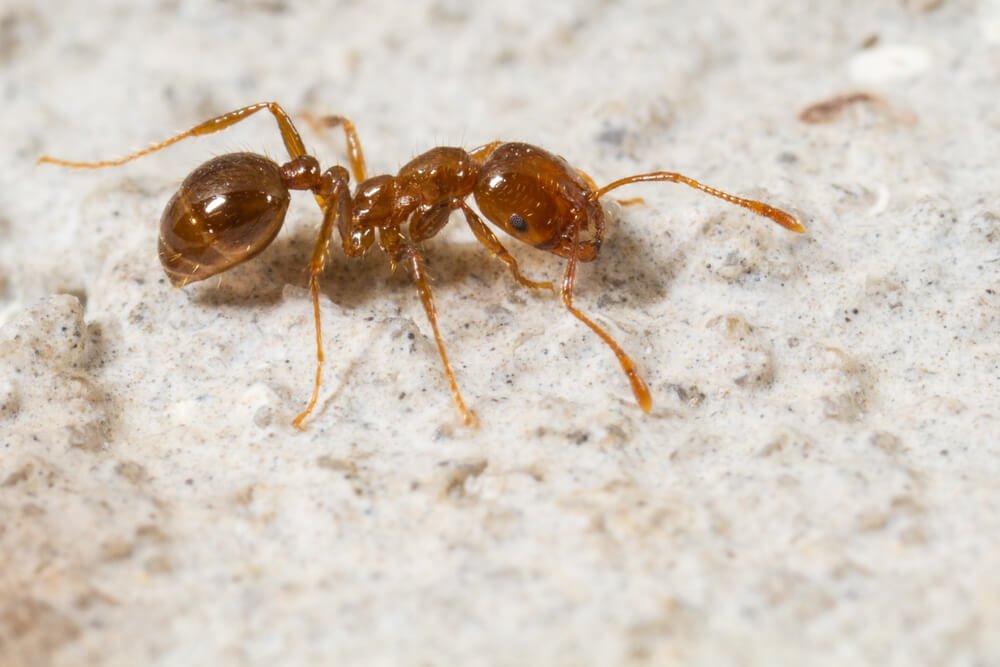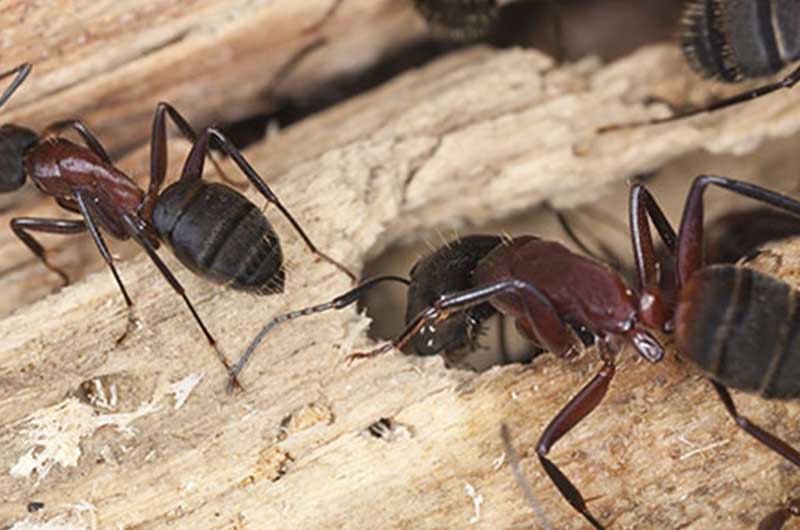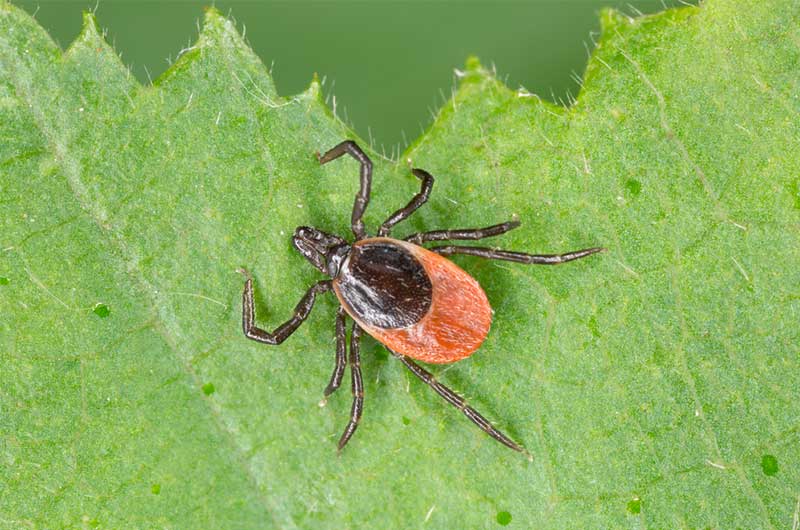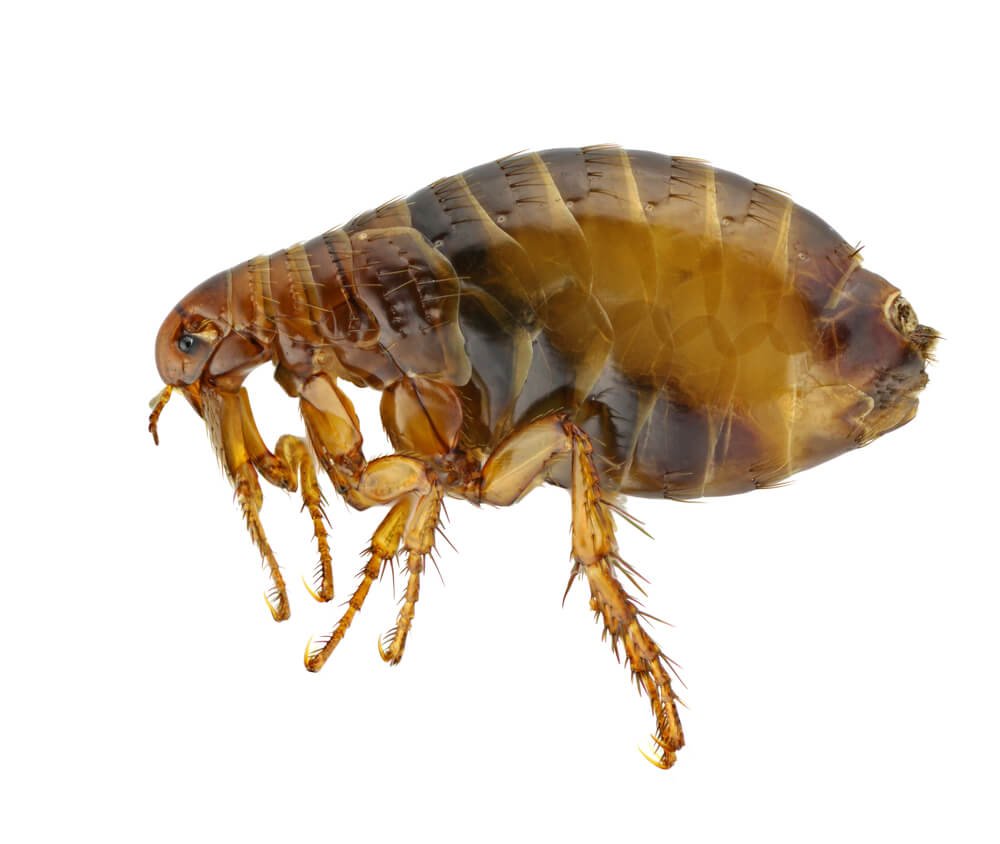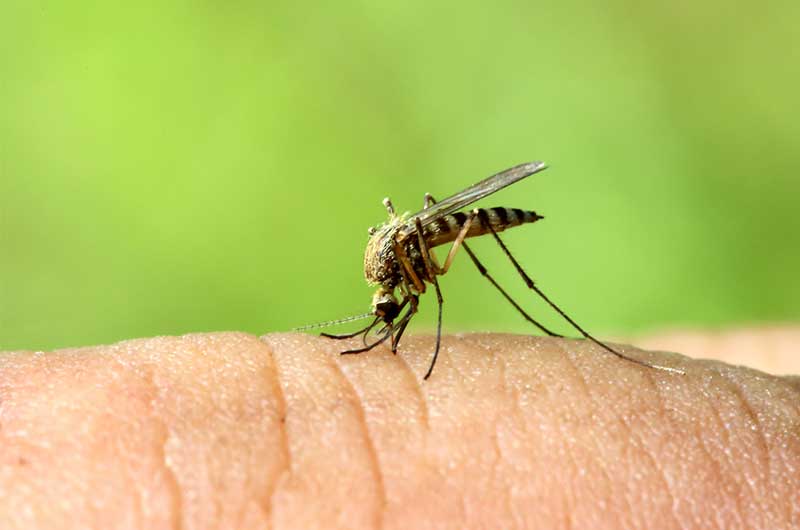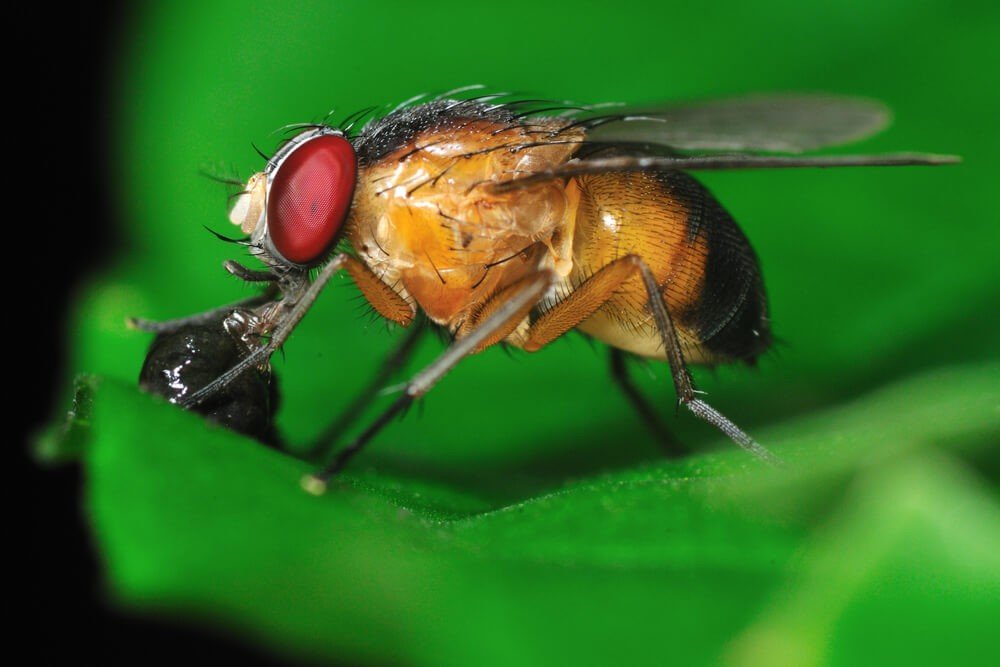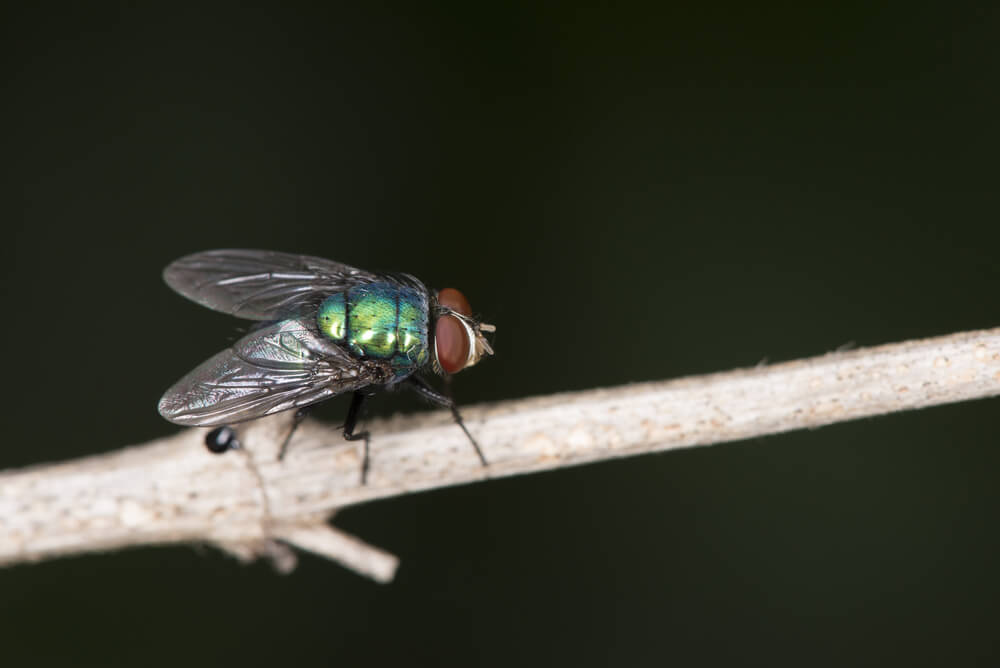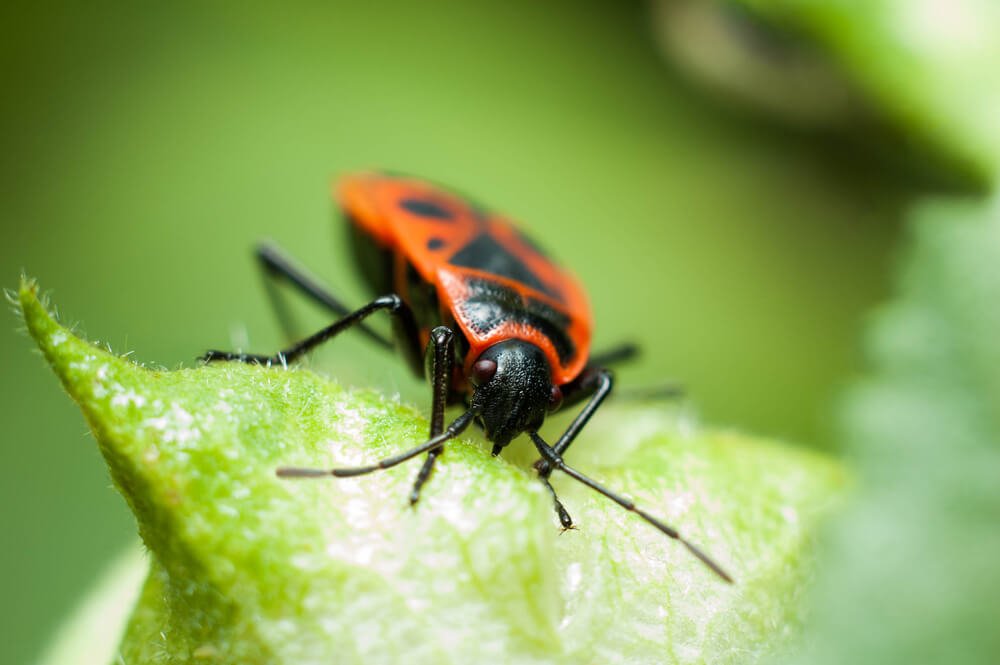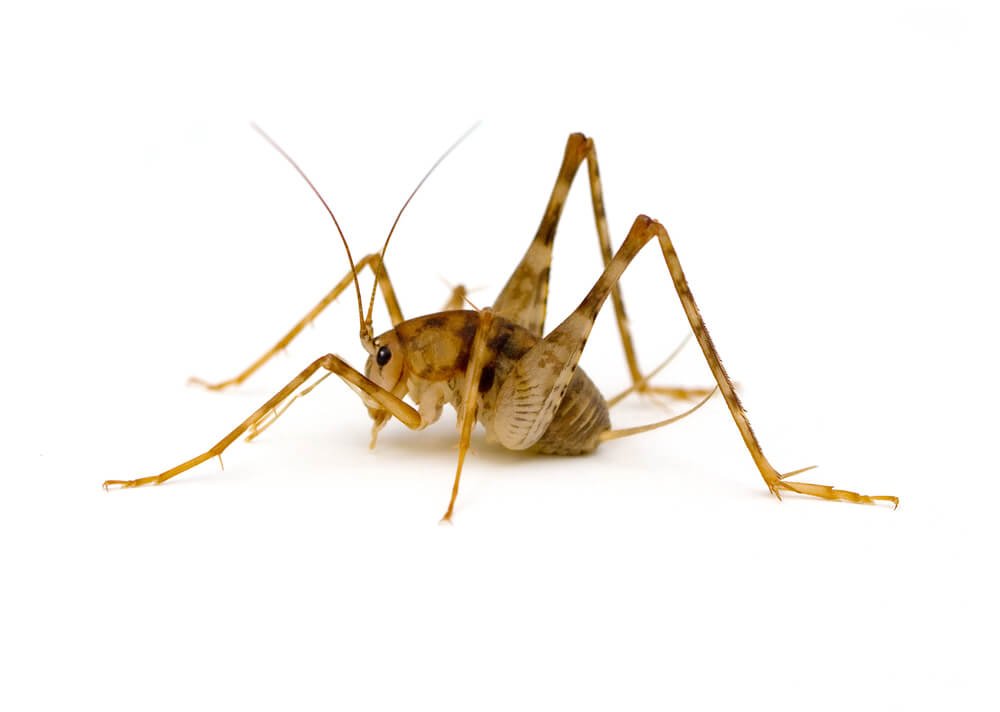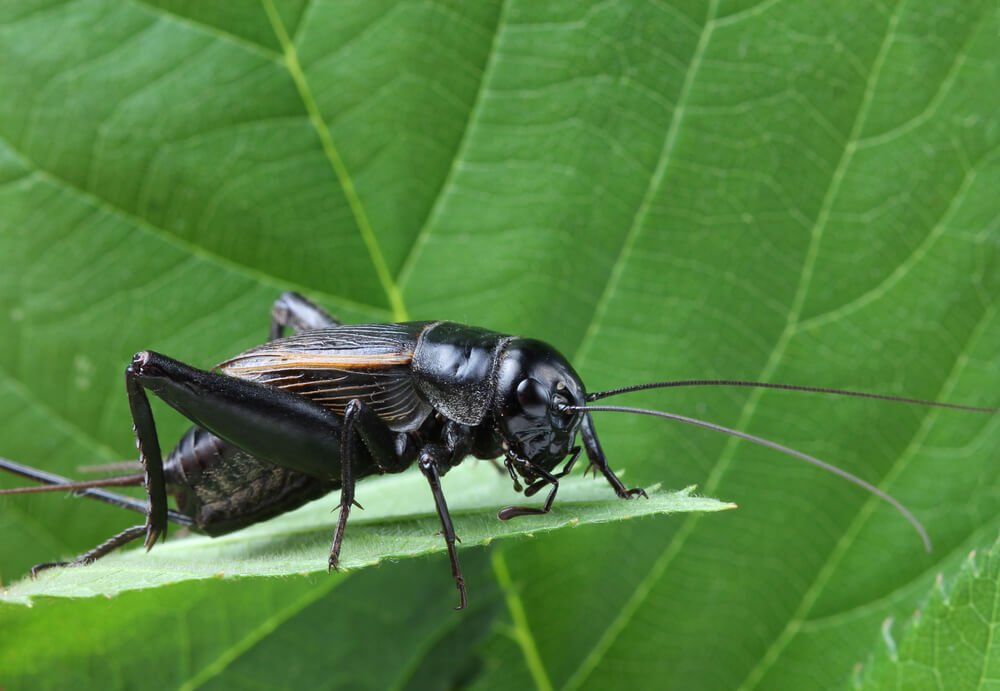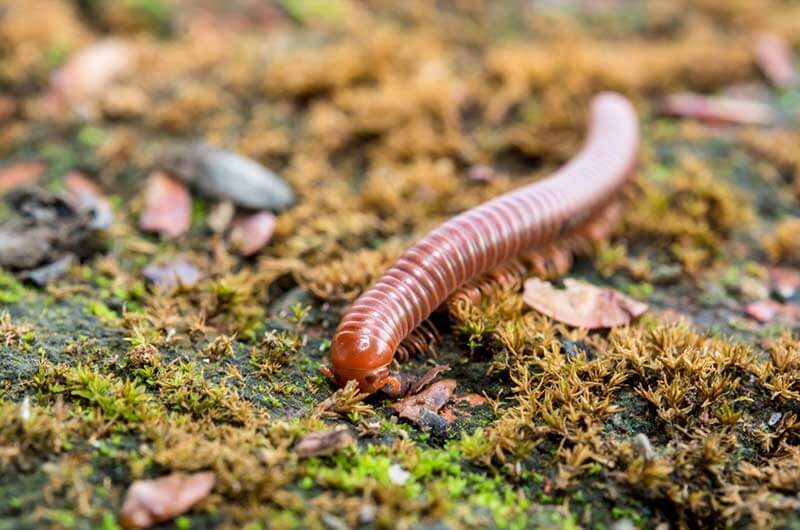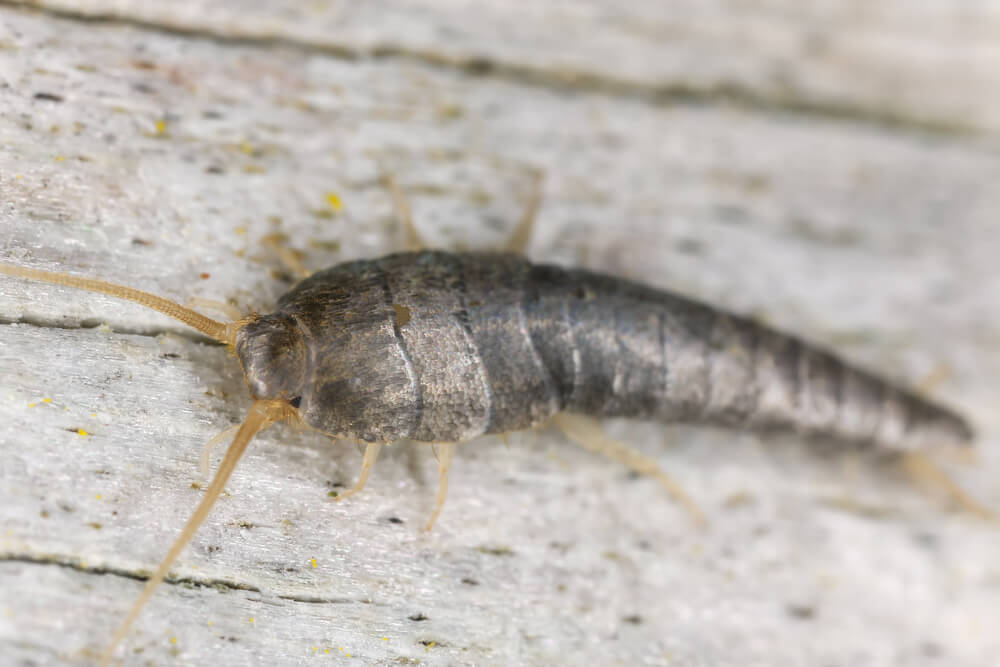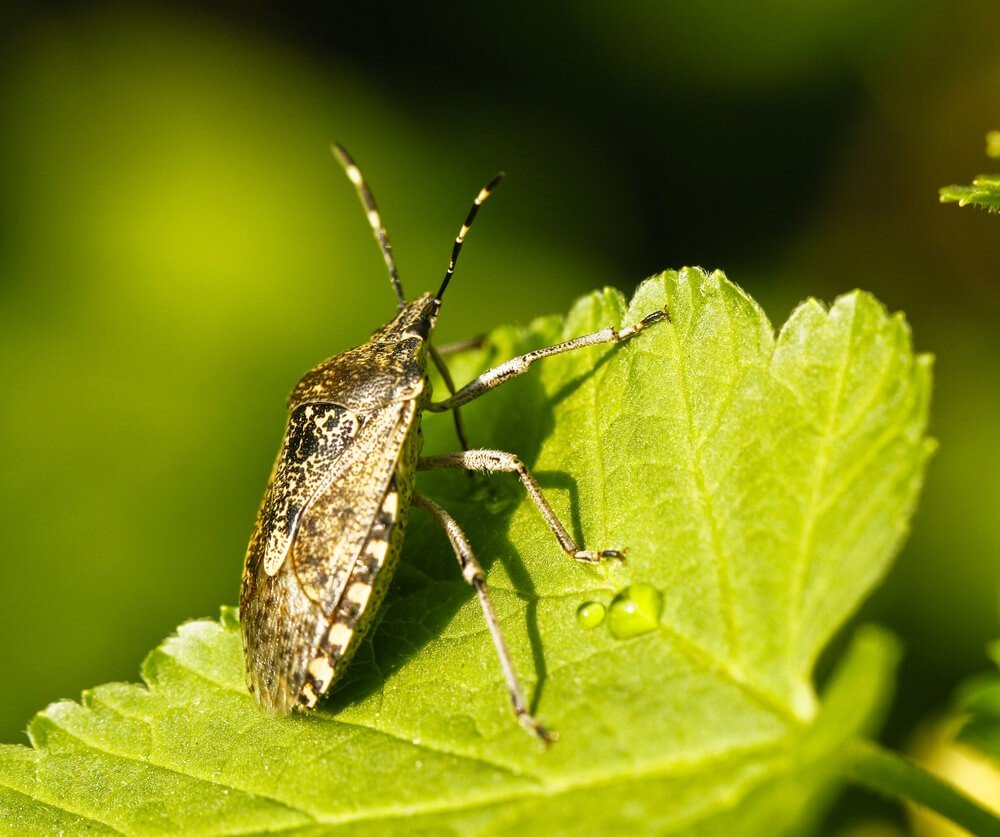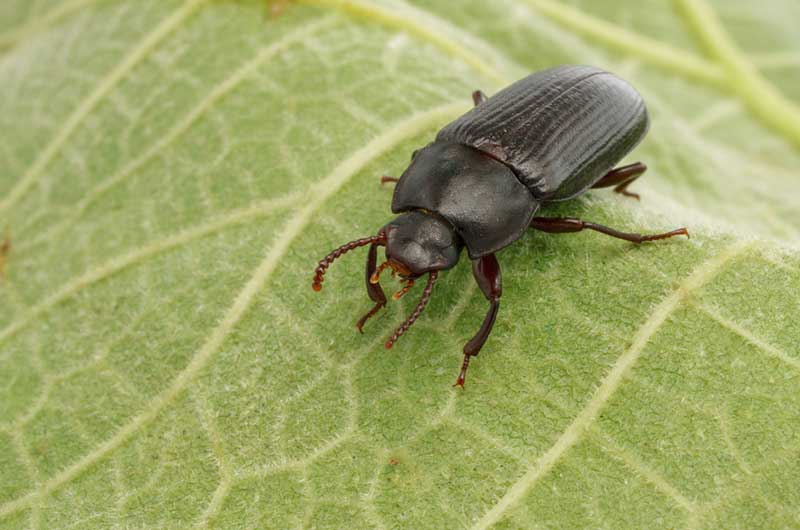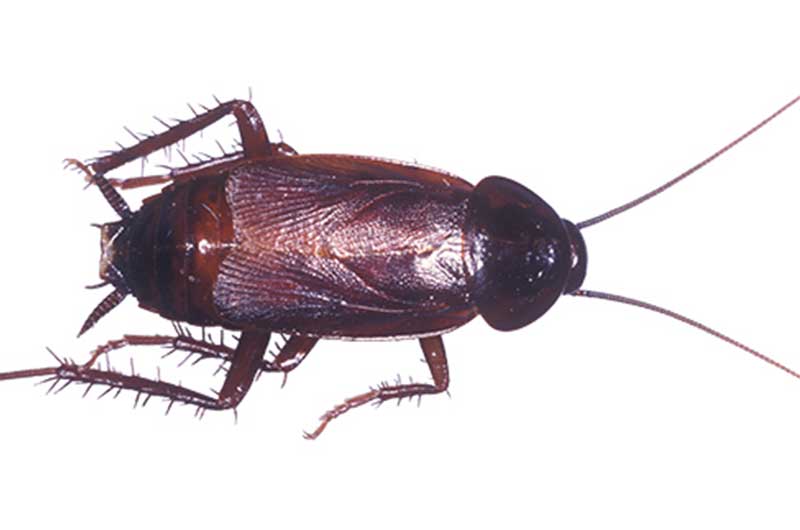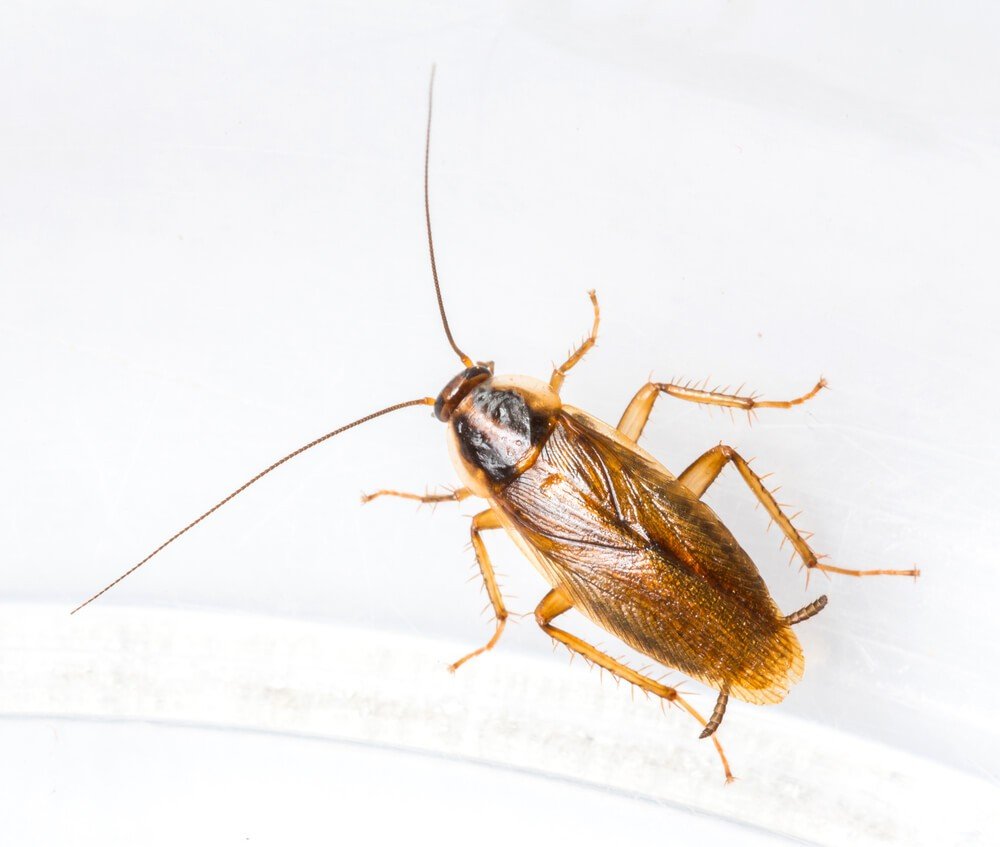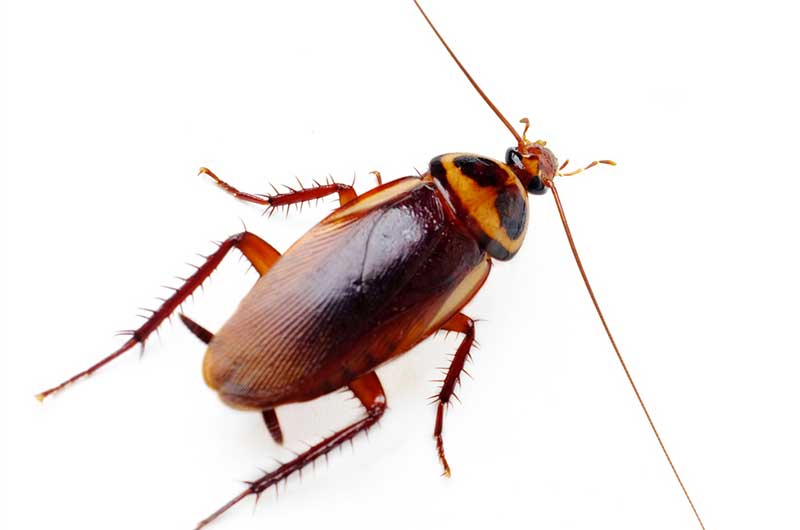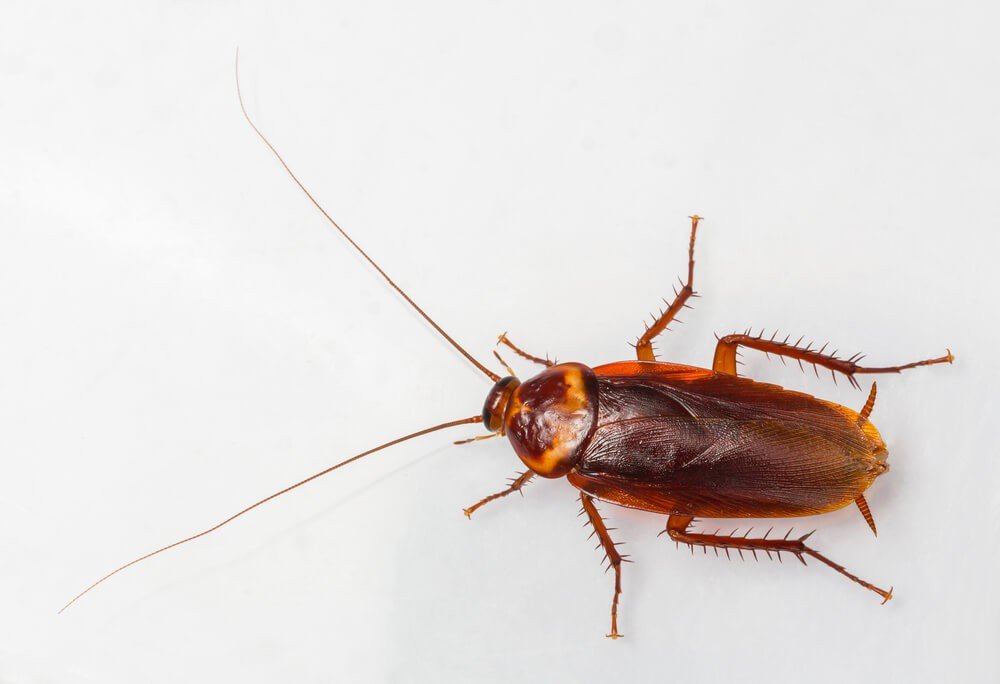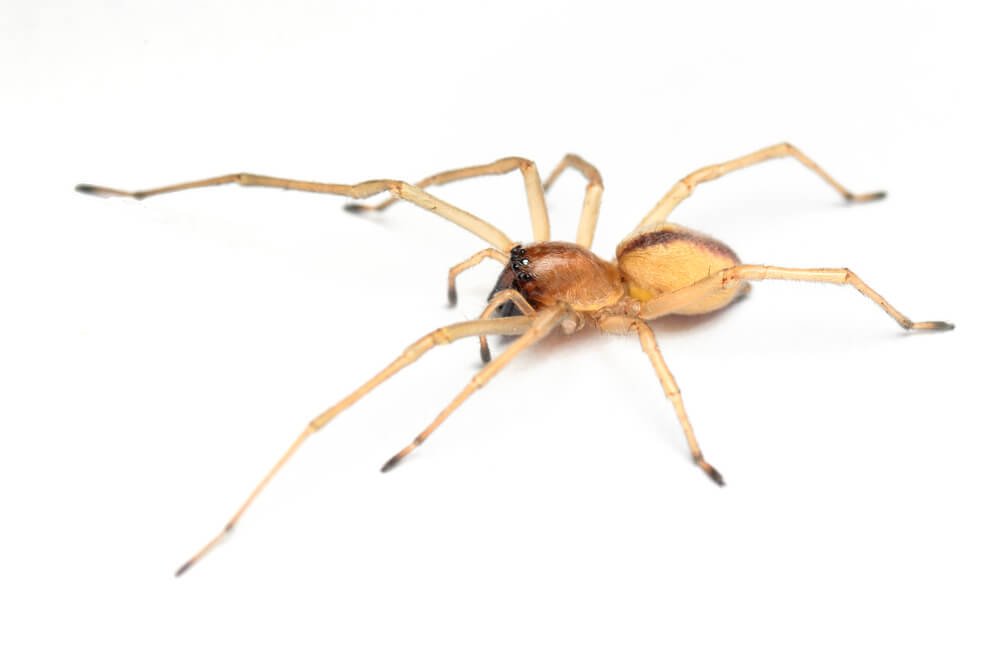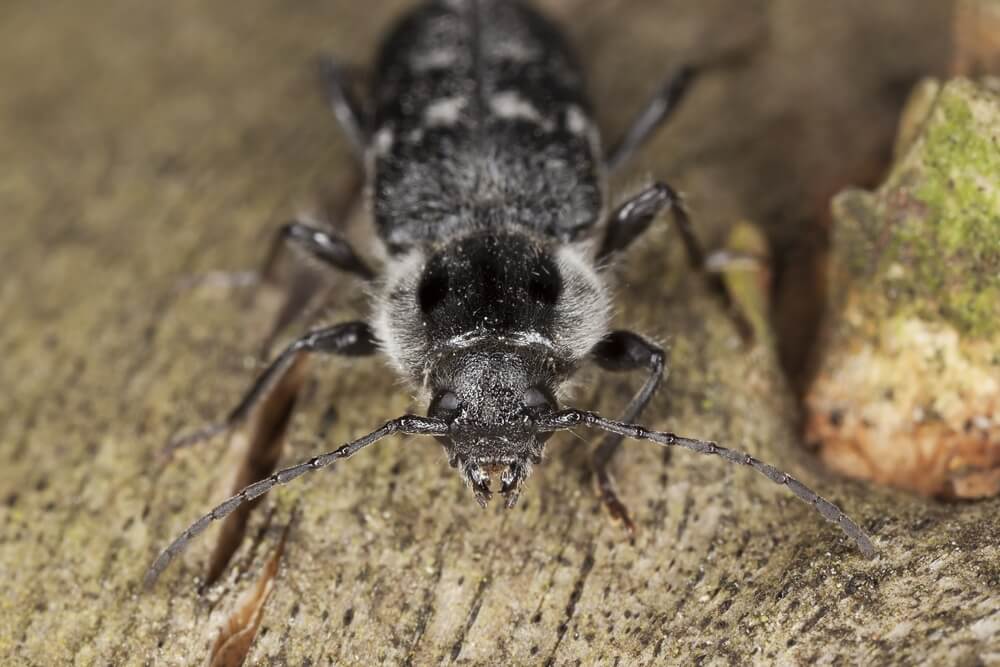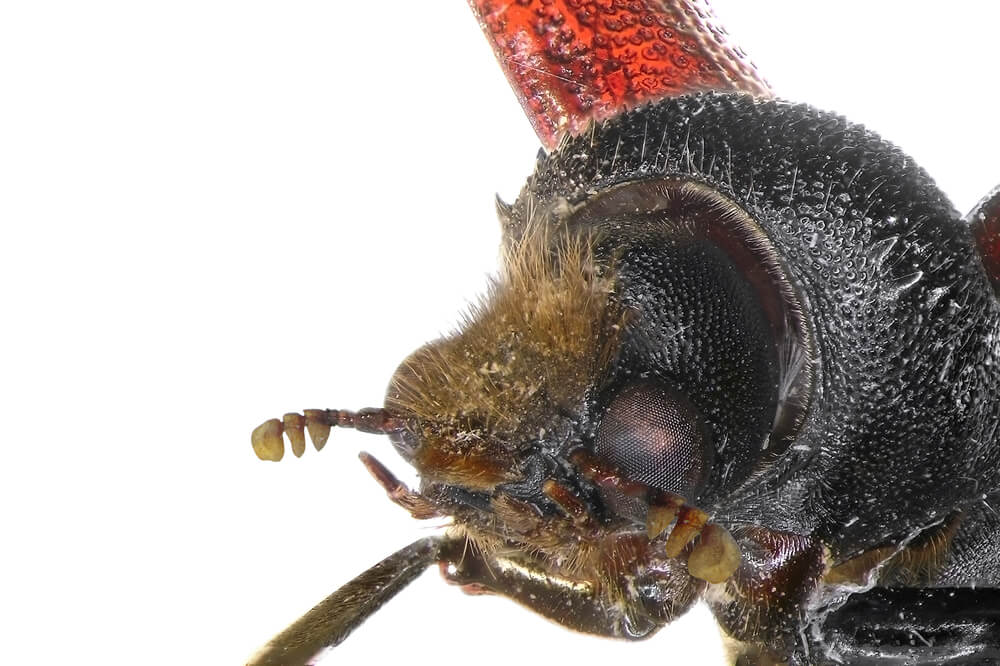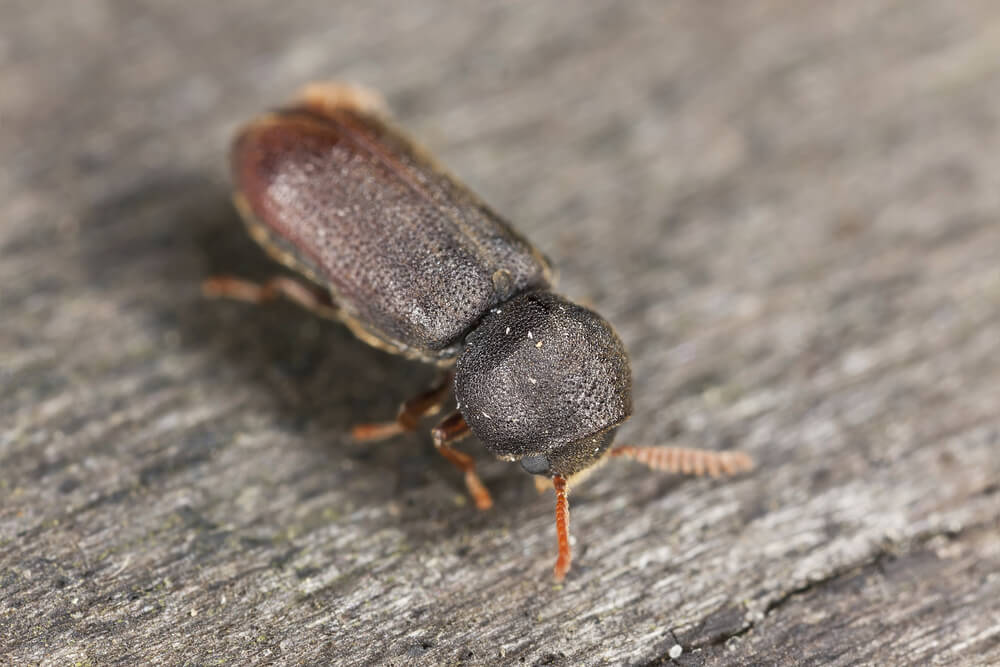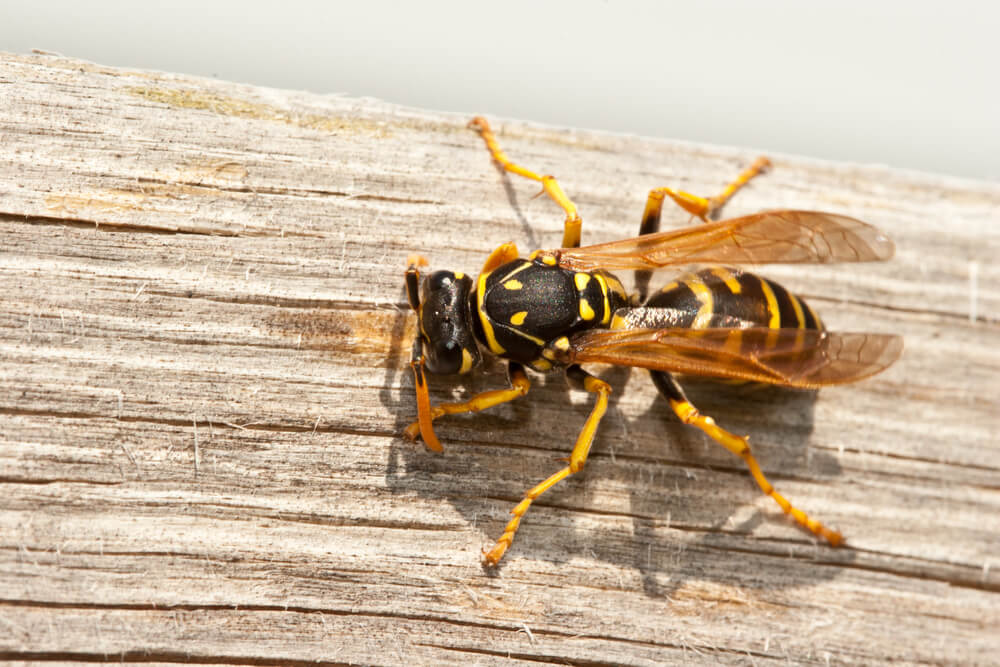Looking at Lyme Disease
Lyme disease is a tick-borne illness caused by infection with the bacteria Borrelia burgdorferi.
Who can get Lyme disease?
People of any age can get Lyme disease, particularly those who spend a significant amount of time in outdoor activities. It occurs most commonly during the late spring and early summer months, but can occur during the fall and winter. Dogs, cats and horses also can get Lyme disease.
How is Lyme disease spread?
The bacteria that cause Lyme disease are transmitted through the bites of infected ticks. In the Eastern U.S., the only tick known to spread Lyme disease is the black-legged tick (formerly called the “deer tick”). Spread of the Lyme disease bacteria from an infected tick to a person is not likely to occur unless the tick has been attached to the person’s body for at least 36 hours. Lyme disease is not known to be spread to humans from other insects or animals, or from one person to another.
What are the symptoms of Lyme disease?
Within days to weeks following an infectious tick bite, most patients (about 80 percenttt) develop a red rash called an erythema migrans (a.k.a., “EM” or “bull’s-eye” rash) around the bite site. This rash slowly expands (up to 12 inches in diameter and clears around the center, but does not itch. It is usually accompanied by general tiredness, fever, headache, stiff neck, muscle aches, and joint pains. If untreated or not properly treated, some patients may develop arthritis, neurological problems, and/or heart problems weeks to months later.
How soon after exposure do symptoms appear?
The EM rash may appear within 3-32 days (usually 1-2 weeks) after exposure. Some patients never have early symptoms of Lyme disease, but become sick with more severe symptoms from weeks to months after tick exposure.
How is Lyme disease diagnosed and treated?
The diagnosis of Lyme disease is based primarily on signs and symptoms of illness. Laboratory tests for Lyme disease may be done on a patient’s blood to help confirm the diagnosis. When Lyme disease is detected early, it is treated with oral antibiotics such as doxycycline or amoxicillin and treatment usually lasts for 10-21 days. In the later stages of Lyme disease, antibiotic treatment lasts longer, is more complicated, and patient response to treatment is slower.
Is there a vaccine for Lyme disease?
There is currently no vaccine for Lyme disease.
How can Lyme disease be prevented?
Avoid tick infested areas, such as tall grass and dense vegetation in forests and along forest margins. When in potential tick habitats, tick-specific repellants may be used according to manufacturer’s instructions, such as those containing DEET (up to 50 percent DEET for adults, and less than 30 percent DEET for children) and/or permethrin (apply permethrin to shoes and clothing only, not skin). Be sure to follow the label’s instructions when using any repellent. Wear light colored clothing so that ticks are easier to see and remove. Tuck pant legs into socks to prevent ticks from crawling up under the pants. Wear long-sleeved shirts buttoned at the wrists. Conduct tick checks on yourself, your children, and pets within a few hours of exposure to a tick infested area. Remove any attached ticks promptly by gripping the tick with tweezers as close to the skin as possible and using a gentle steady pulling action. Protect hands with gloves, cloth or tissue when removing ticks from people or animals.
Where can I get more information about Lyme disease?
More information about Lyme disease is available on the Virginia Department of Health website at www.vdh.virginia.gov or through the Centers for Disease Control and Prevention website at www.cdc.gov.
Tags: pest control, ticks, yard guard






